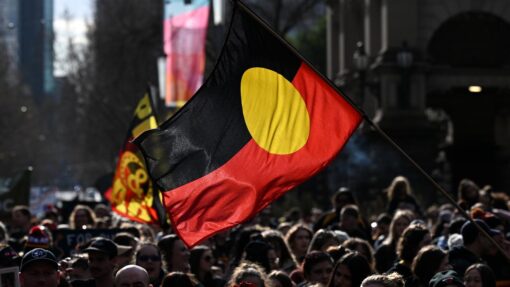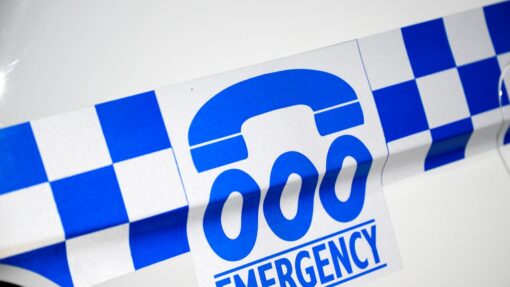Race on to save ‘butterflies of the sea’
John Kidman |

More than 50 species of sea slug have been discovered residing in the waters flowing beneath a somewhat unremarkable arch bridge connecting Phillip Island to the Victorian mainland.
Researchers say about 125 varieties of nudibranch are exclusive to the area, otherwise famously known as the abode of the little blue penguins or korora. That’s 25 per cent of southern Australia’s known sea slug species, and more than six per cent of the world’s.
Yet unlike their parading feathered friends, little is known about the so-called butterflies of the sea, other than the fact that a number are critically endangered as a result of advancing urbanisation.
In response, some 50 business, tourism, environmental and community groups have backed a strategic plan to preserve the Western Port Bay precinct, which is an internationally recognised Ramsar wetland.
“These incredible creatures are a beautiful … part of our precious marine ecosystem,” Victorian National Parks Association conservation campaigner Shannon Hurley said of the slugs.
“Most people probably think of penguins at Phillip Island, but the bay is home to this mind-blowing collection of colourful sea slugs.”
Almost two-thirds of the state’s threatened bird species, along with seals and elephant fish, are also reliant on the area.
Ms Hurley says a statewide poll of 1000 Victorians found 82 per cent backed the preservation plan, with 34 per cent showing strong support.
She said the survey, commissioned by National Parks and conducted by Longeran Research, makes it clear Victorians want governments to protect Western Port Bay.
Citizen scientists have been at the heart of discovering and documenting the slug hotspot under the Phillip Island Bridge since their first foray there in 2018.
Sea Slug Census events, about 75 of which have been held across Australia since 2013, identify and monitor the eye-catching shell-less gastropods, collecting crucial information about environmental changes.
With more than 2300 citizen scientists involved, over 760 species have been recorded, many of them outside their previously known distribution range in places such as Nelson Bay to Sydney’s north, Eden and Narooma in southern NSW, and on the Gold Coast in Queensland.
Research has revealed the slugs to be anything if adaptable, with one variety known to survive by sucking sap out of algae, passing the cells and putting them outside their body like solar panels. Through photosynthesis, the cells provide the slug with energy.
AAP


